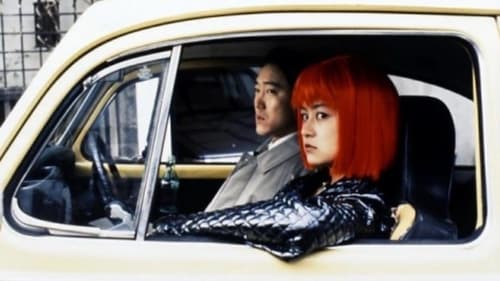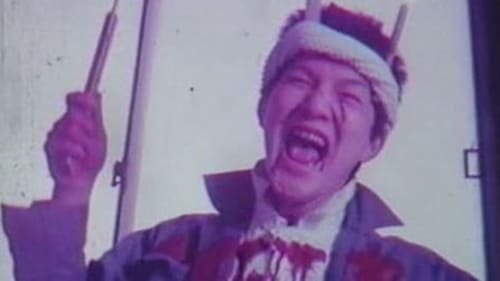
A 'best of' compilation comprised of V&R Planning's 73-minute Ginî piggu: Zansatsu supesharu and 19 minutes of scenes from Japan Home Video's Ginî piggu: Manhôru no naka no ningyo and The guinea pig 2: Nôtoru Damu no andoroido.

Kenichi Taira, the dwarf
A famous businessman's links with organized crime are looked into by the Zero Division of the Tokyo Police, with the investigation being headed by a highly trained, extremely violent and very beautiful female officer. When not having shoot-outs with the crime syndicate thugs trying to kill her, she spends most of her time in her apartment, wearing lingerie and taking showers. A sub-plot involves the businessman's S&M-obsessed daughter.

A wanderer and his son arrive on an obscure northern island of Japan, causing the village of Pu to fall into disarray.

Sakura
About the escape between a girl with a mysterious psychic and a complex up-and-coming club singer who has killed his older sister.

Natsuko's brother
In the slums of Osaka, various marginalized misfits have their own interpretations of love. Completely alienated from the outside world, they commit sexual perversions, violence and cannibalism.

A dwarf scientist has his dreams frustrated when his sister becomes seriously ill. Determined to find a way to preserve the essence of his sister after the death, the scientist begins to use humans as guinea pigs in a bizarre experiment.

Pig Chicken Suicide is a veritable assault on the senses, mixing violent images of animal slaughter, racial strife, and surrealism to tell the story of two Koreans living in Japan whose love is destroyed due to overwhelming racial discrimination. In explicit abattoir photos and much symbolism, Matsui tells about the struggles of ethnic Koreans in Japan. A butcher's love affair and his relationship with the animals he kills frame the story.

Using bluescreen video techniques, Terayama playfully—and with a silent film theatricality—posits a series of postmodern vignettes featuring realities-within-realities as his protagonist attempts some kind of relationship with a nude woman on the screen-within-the-screen. In his struggles to “free” her, he exposes the absurd flimsiness, deceptiveness and mutability of both the cinema experience and our human dimension.

In this Borgesian satire on knowledge and technology, bibliophilic desire leads to the construction of a pedal-powered reading machine. Resembling a combination of gymnastic contraption, printing press and early cinematic apparatus, the machine’s purpose remains ambiguous. And like this machine, Terayama’s film connects his work in poetry, motion picture and graphic design by weaving together printed and projected, still and moving images.








